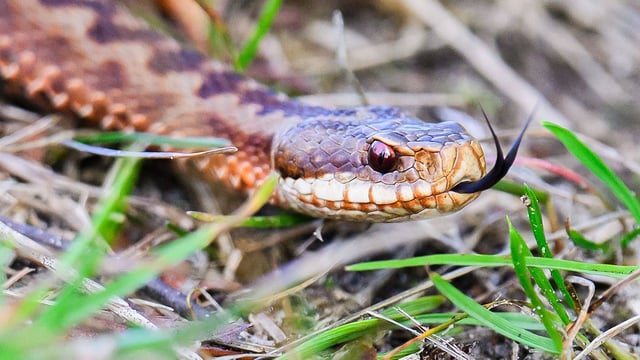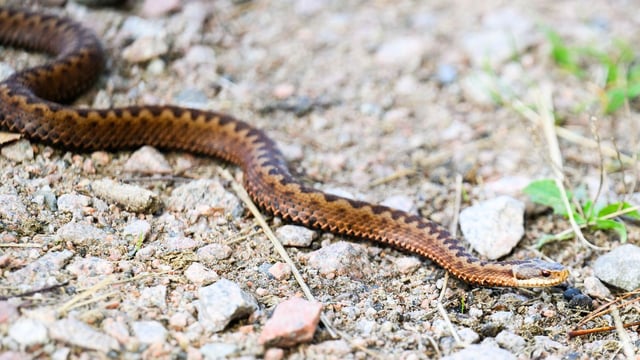Overview
- The regional poison center GIZ-Nord logged about 20 suspected adder-bite calls per year in 2022–2024, down from as many as 50 roughly ten years earlier.
- The data indicate fewer human encounters with the venomous Kreuzotter across Lower Saxony, Schleswig-Holstein, Hamburg and Bremen.
- Veterinarian Michael Pees describes the species as strongly threatened, pointing to shrinking moor and heath transition habitats and more frequent drought.
- Fragmented landscapes without connecting corridors limit population exchange and reduce chances of natural recolonization after local die-offs.
- Bites are generally not life-threatening, but GIZ-Nord advises medical observation due to common swelling, and antivenom is now rarely recommended.

